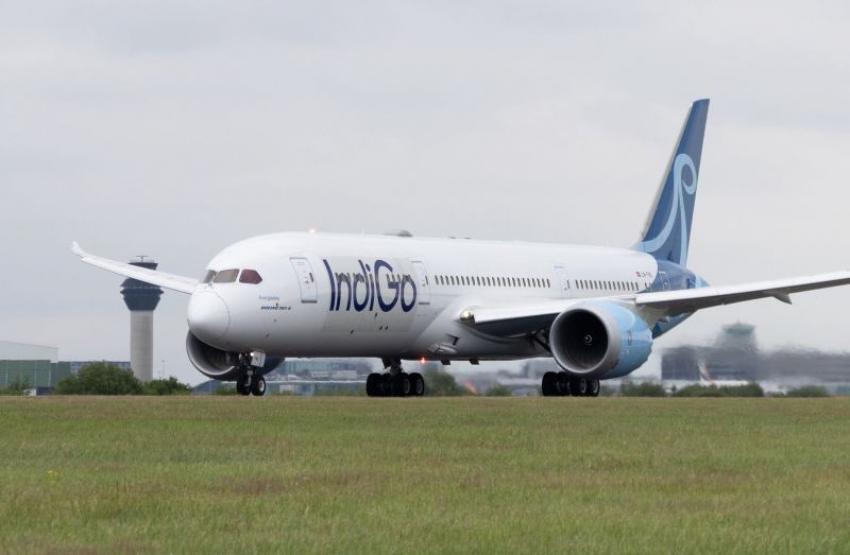NITN | @notintownlive | 19 Oct 2017, 10:02 am

Augmented reality is a segment of edtech just like elearning and mlearning. It is changing the way education was imparted. Even though AR is greatly entrenched in the gaming sector, research shows that it is impacting the education sector by changing the way students interact with their environment and how they learn from it. Moreover, the customer value of AR enhanced products is 33% higher than that of the non-augmented products.
One of the key aspects of augmented reality is the personalization that can be done because of the current advance technology. With the help of AR teachers can actually add videos, images or written text related to the subject matter to a trigger image; thereby enhancing the way the student looks at that information. For example, students learning about a certain function in excel, could scan an image related to it and actually see a step by step graphic depicting how to use that function.
The applicability of AR is immense and it is not limited to any one grade. Students from junior classes onwards have a learning advantage. For example, students learning about solar system for the first time could scan an image of solar system and watch a video related to the solar system that has been overlaid on that image link. This will give them a more enhanced and possibly a 3D view of what the solar system is like and how the planets rotate and revolve at the same time. Even students who have a difficulty in otherwise understanding the complex topics of rotation and revolution will understand it better and faster.
Augmented reality is a useful learning tool as it supports the user learning through prompting and helps in enhanced interpretation without controlling their takeaway. Currently, there are a number of apps available which can help educators create AR content for their students and help augment their learning experience by enhancing what they see and their perspective of the same. Also, these apps allow teachers to create highly customized content and thus, teachers can make use of it to create content pertaining to each different lesson.
The engagement ability of augmented reality is incredible and hence, students respond to AR content much faster. It is easier for them to relate with what they are learning because they can see and find greater perspective. Simply reading and listening to the teacher becomes a drab activity for students. Now they can actually engage with the content. For example, for someone reading a particular topic, it is far more easy to develop perspective when one interacts with AR content.
Moreover, teachers can create worksheets enabled with AR technology which students can work on and engage with even at home. This would make homework more engaging and students will have the opportunity to involve themselves with the technology as well as the content at their own pace at home. It is believed that this will inculcate a positive outlook towards education and technology among students.
Currently, there are two kinds of AR devices used in classrooms:
1. Mobile devices like smartphones and tablets which have GPS and position and motion sensors.
2. Relatively fixed devices such as computers and laptops which also have motion and position sensing capabilities.
The future of AR technology in classrooms
As of yet, the technology available is largely dependent on a screen and though, it provides a very enhanced realistic experience to students, critics say it could be better. It is believed that the technology can and must be improved to provide an even more realistic experience where without the use of a screen, students can actually use their hands to touch and feel the 3D object being studied.
Already, huge strides are being made in that direction with the development of AR goggles which are being used in gaming and other tech related fields. With engineers engaged in research and development on an ongoing basis, it is only a matter of time before these goggles are available in the market. Even though currently such gear is extremely expensive and hence, not available for students, it can be hoped that the technology will soon be available for students at affordable prices. Teachers who have already been using AR technology feel the need of the technology to become widespread, so that there is a healthy exchange of ideas, 3D content and resources across geographical borders.
What was seemingly fantasy until a few years ago is now available in the form of AR technology and is already being utilized in classrooms by certain teachers and students. The only barriers that have been felt regarding the technology is the ease of use and affordability as well as speed of recognition in devices. With constant research and development, it is hoped that these issues, especially the speed issue will be tackled effectively. The educational value that the AR products create in future will determine the success of AR technology in the field of education.
- Sona College of Technology hosts Think Salem 2025: To spur startup opportunity from Tier-2 Cities
- ACM India unveils National AI Olympiad 2026 to spot school talent for global AI stage
- Reject Macaulayan education, reclaim Indian values: H M Bangur’s big World Hindu Economic Forum pitch
- Sona College of Technology: Many academic, research and industry-linked advances in 2025
- Kolkata: ICCR hosts 10th anniversary celebration of Robir Kiran
- Sydney's Bondi Beach horror: Pakistani-origin man named as one of the key suspects
- ‘Abba Aur Main: Ek Anokhi Dastan’ — Urdu Translation of Neelima Dalmia’s Memoir Launched at New Delhi’s Jashn-e-Rekhta Festival
- Jaipur: Cultural activist Sundeep Bhutoria calls for Social Investment Policy for Non-resident Rajasthanis at Pravasi Rajasthan Divas
- 'Don’t join politics': Why Tharoor defied his mother and endorsed his conviction
- Birbhum: Sitaramdas Omkarnath Chair at Biswa Bangla Biswavidyalay
Mumbai: IndiGo has commenced operations from the newly inaugurated Navi Mumbai International Airport (NMIA).
Qantas is set to open its new Auckland International Lounge on Dec 17, ahead of the peak holiday travel period, as the airline expands its trans-Tasman network. The new facility replaces the previous lounge and increases both floor area and passenger capacity.
Air Canada has introduced a new non-stop route connecting Toronto with Rio de Janeiro, with the first flight landing in the Brazilian city on Friday morning.





